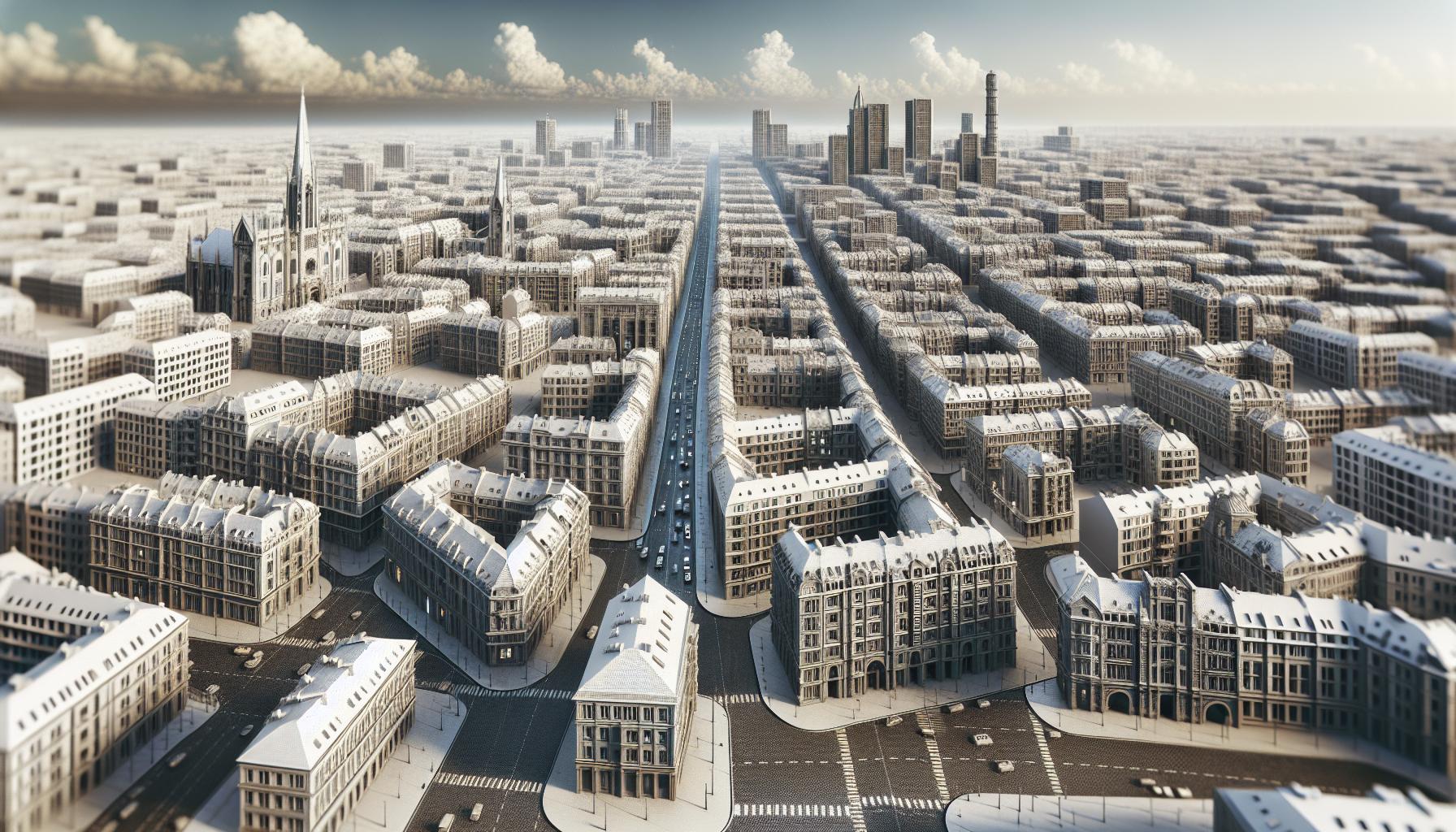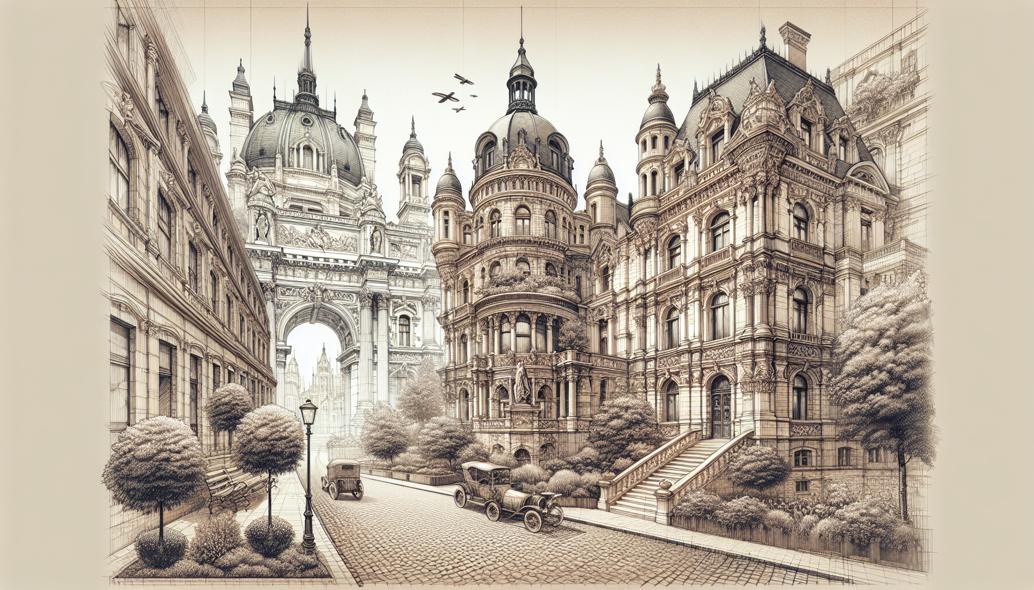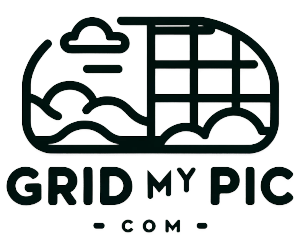Advanced Perspective Techniques in Urban and Architectural Drawing
Unlock the secrets of advanced perspective techniques in urban and architectural drawing to elevate your sketches. Discover how mastering proportions enhances your artistic storytelling. Dive into a world of dynamic urban scenes and architectural wonders today!

Advanced Perspective Techniques in Urban and Architectural Drawing
Urban sketching and architectural drawing are fantastic ways to capture the beauty and soul of cities. Both disciplines find a unique confluence in the intricate world of perspective drawing. This art isn’t just about creating realistic representations of structures, but is also a powerful way to convey the atmosphere and emotional undertones of a scene. To elevate your urban and architectural drawings, mastering advanced perspective techniques is essential. In this post, we will delve deep into these techniques, focusing on the role of proportions in architecture and how you can harness advanced perspective to create more compelling sketches.
Understanding Perspective Drawing
Before exploring advanced techniques, it is crucial to have a firm grasp of what perspective drawing entails. It is a method that creates the illusion of depth and space on a flat surface, guiding the viewer's eye through your piece. At its core, perspective drawing tackles how lines and shapes change as they recede in space, emulating the way objects appear smaller the further away they get from the viewer.
One-point, two-point, and three-point perspectives are the foundational elements that many artists begin with. These serve as the building blocks for more complex and nuanced techniques that can enrich an architectural or urban sketch.
The Foundation of Urban Sketching
Urban sketching revolves around capturing scenes in the hustle and bustle of everyday life. It demands a dynamic, yet systematically structured approach, which often involves playing with perspectives to depict vibrant environments accurately. While urban sketches can be spontaneous, integrating advanced perspective techniques ensures that the depiction remains coherent and visually engaging.
Accuracy in scale and proportion is integral to effective urban sketching. The urban landscape is replete with diverse structures, from towering skyscrapers to quaint historical buildings, and all require a thorough understanding of proportions in architecture when drawn in perspective.
Proportions in Architecture: A Crucial Element
Understanding proportions in architecture is more than just recognizing sizes and dimensions; it is an appreciation of how various elements interact within a design. An effective use of proportions ensures that every element of a structure complements its neighbors, thereby achieving harmony within the design. Successful architectural drawing techniques emphasize correct proportions to maintain authenticity and visual balance in a sketch.
Overlaying this understanding with advanced perspective methods enables artists to bring out the structural intricacies of buildings within urban environments. By accurately capturing proportions through perspective drawing, one not only enhances the realism of their architectural representations but also imbues them with life and character.
Advanced Perspective Techniques for Architectural Drawing
Now that we have laid the groundwork, let’s explore some advanced perspective techniques that architects and artists use to push the boundaries of urban sketching and architectural representations.
1. Multi-Point Perspectives
While the traditional one, two, and three-point perspectives provide a good start, incorporating multiple vanishing points can create richer and more dynamic compositions. Advanced perspective often involves four- or five-point perspectives. These are particularly useful in panoramic views or when capturing scenes that encapsulate a wide field of vision.
In urban settings, particularly those with complex road networks or unique architectural designs, multi-point perspectives can effectively convey the interwoven structures and alignments found within these spaces.

2. Curvilinear Perspective
Curvilinear perspective is an advanced technique used to represent scenes in a manner that mimics the natural curvature of space, akin to a fisheye lens effect. This is particularly beneficial when drawing expansive cityscapes or capturing an internal view that demands a sweeping vision of the space.
With five to six vanishing points, curvilinear perspective allows for a more immersive experience, providing the viewer with a sensation of ‘being there’ that straight-line perspectives may not fully capture.
3. Utilizing Eraser Planning
In architectural drawing techniques, erasers are surprisingly valuable tools beyond their ability to correct mistakes. They are indispensable in creating highlights and refining details to enhance depth and dimension. Through a technique known as 'eraser planning,' artists can achieve remarkable luminosity by subtracting graphite or ink in a controlled manner. This method is perfect for emphasising texture, light, and shadings that complement the perspective-driven layout of the drawing.
Incorporating Texture and Detailing
Detailed textures add authenticity to sketches. When working within the realm of perspective, textures are often guided by how they recede or expand across surfaces. For example, brick patterns or window panes become key indicators of perspective.
It’s critical to meticulously follow the perspective lines established by your vanishing points when adding these details. They serve to reinforce dimensions and aid the visual narrative by aligning architectural textures with your advanced perspectival framework.
Conclusion: Mastering the Art of Perspective
Advanced perspective techniques in urban and architectural drawing are about much more than just creating accurate representations. They are tools that, when expertly wielded, can transform ordinary sketches into compelling storytelling mediums. An understanding of proportions in architecture compliments these techniques, adding depth, and narrative coherence to any piece.
By integrating multi-point perspectives, experimenting with curvilinear perspectives, and embracing the artistry of eraser planning, your urban sketches and architectural drawings can achieve an elevated sense of realism and artistic expression. Whether you're capturing the serene tranquility of a park or the imposing elegance of a modern skyscraper, these insights will ensure your work resonates with a deep appreciation for the vibrant world it seeks to portray.
Keep practicing, experimenting, and exploring different perspectives, as they are the gateway to new dimensions in your artistic journey.
